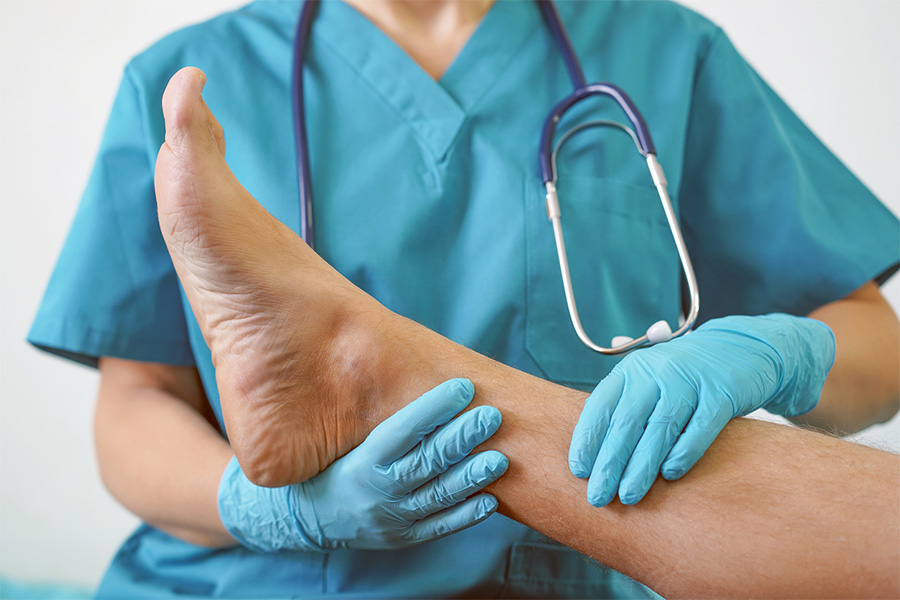Arterial disease refers to a series of vascular system conditions that affect the arteries in your body. Your arteries carry oxygen-rich blood from the heart to the rest of the body. With arterial diseases, blockages in the arteries prevent oxygen-rich blood from reaching all the tissues in your body. Patients with arterial diseases have circulation problems, which can have serious side effects.
What’s particularly risky about arterial diseases is that they can cause embolisms, which can be fatal. For this reason, it’s crucial to quickly get diagnosed and treated by a medical health professional to prevent the worst outcomes.
Different Types of Arterial Diseases
There are many types of arterial diseases, including:
- Peripheral Arterial Disease
- Abdominal Aortic Aneurysm
- Thoracic Aortic Aneurysm
- Thoracic Outlet Syndrome
- Coronary Artery Disease
- Carotid Artery Disease
- Renal Vascular Disease
- Vertebrobasilar Disease
- Subclavian Steal Syndrome
Arterial disease can affect different parts of the body, including the heart, legs, kidneys, and more. Symptoms will depend on the type of arterial disease you have. For example, carotid artery disease causes symptoms such as chest pain and tightness, dizziness, headache, and loss of balance, while peripheral arterial disease (PAD) causes leg and foot pain and slow healing sores and ulcers.
The only way to find out which arterial disease you have is through an evaluation and proper diagnosis by a doctor. Of all the types of arterial disease, the most common is peripheral arterial disease.
Peripheral Arterial Disease
Also known as PAD, peripheral arterial disease affects more than 10 million people in the United States. It is characterized by plaque buildup in the leg arteries. This disease develops gradually and is dangerous if allowed to progress. PAD limits blood flow to the legs. In the worst cases, the arteries become blocked and lead to deep vein thrombosis (DVT). Symptoms include leg and foot weakness and numbness, leg and foot pain (even when resting), poor wound healing, and consistently cold feet
Risk factors of PAD include genetics, smoking, a high cholesterol diet, obesity, kidney failure, and diabetes. Individuals with these risk factors that are over the age of 50 have an even higher risk of developing PAD.
Treatment for PAD includes reducing controllable risk factors and management of symptoms using medication. Making lifestyle changes can significantly improve the symptoms of the condition. In severe cases, a balloon angioplasty, stent placement, or surgical bypass can improve blood flow to the lower extremities.
Arterial Disease Testing in Cincinnati, Ohio
Because some arterial diseases affect the lower extremities, including the feet, podiatrists are educated and trained in diagnosing and treating them.
The podiatrists at Cincinnati Foot & Ankle Care provide testing for PAD in 18 clinics across Cincinnati. We have vast experience identifying PAD risk factors and diagnosing the disease using our painless PADNet™ screening test. Our goal is to detect PAD in its early stages.
If you have any questions about arterial disease testing, contact our clinic nearest you or request an appointment now. Our skilled podiatrists are ready to help you get back on your feet.





